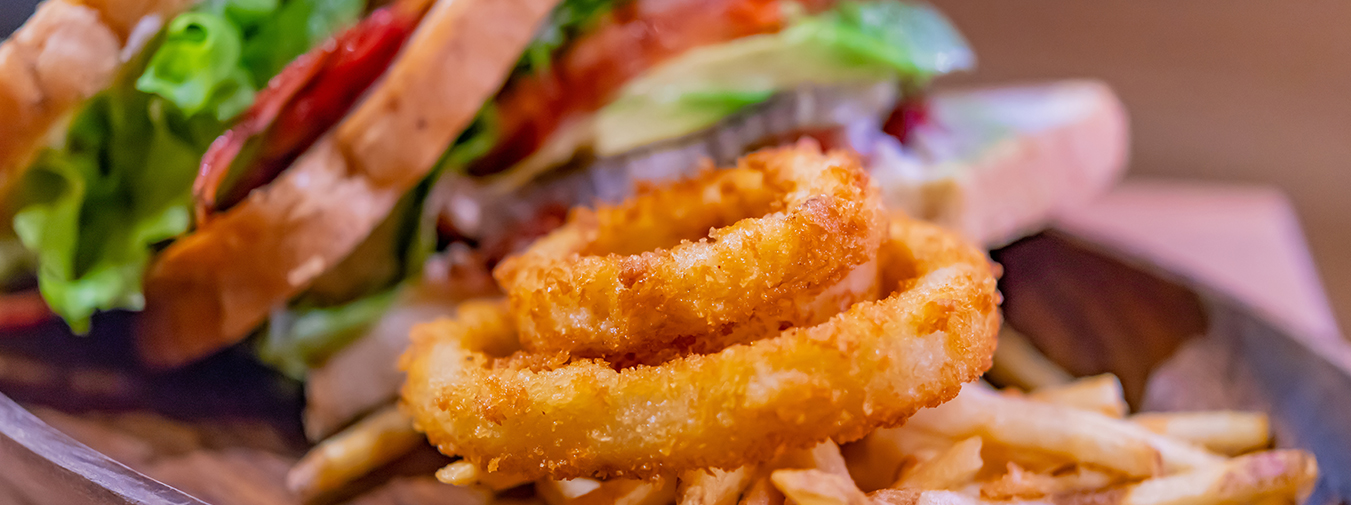Menu
- About Japan
- Traffic Accessibility
- Culture
- Food Culture
- Accommodation
- Sightseeing
- TOKYO 2020
- Comic
-
Language
Accommodation
前に戻る
Main means of transportation
Page Back


When talking about “western food,” it’s an often unreliable method of classification.
But perhaps, it’s reasonable to categorize it like this.
As mentioned above, Japan’s “food” incorporates dishes from a very wide range of cultures.
Often, it’s also adapted to the Japanese palette.
“Curry rice” and “ramen” are just two examples.
However, recently, there has been a surge of restaurants that are known for being what we call “honkakuteki,” or authentic.
Cooks specializing in their region’s cooking will cook their local food exclusively.
The restaurants also use locally grown products.
That’s why we think it’s easy to find tasty food that suits your palette, no matter where you are from.
Here, we introduce information that answer such questions about “Western food” in Japan.
So after this long introduction, we’d like to conclude that when we talk about western food, we essentially mean all food that isn’t traditionally Japanese.
What we don’t often see are restaurants that specialize in North American and Latin American food.
Sometimes there are Mexican restaurants, but there are hardly any places serving food from the African continent.
“Food” is an integral part of everyone’s everyday life, a form of culture if you will.
Food can be a gateway to understanding and respecting religions, different systems of thought, etc. that are unique to a culture.
“Halal” is an example of this.
Recently, restaurants that cater to vegetarians and vegans have been emerging.
However, there is much more progress to be made to serve these customers properly.
But with that being said, as food culture grows, there will be new ways to serve customers with certain dietary restrictions.
There are many websites that disclose this sort of information.
We encourage you to take a glance for the most recent, up-to-date news in food!
使用言語を選択してください。